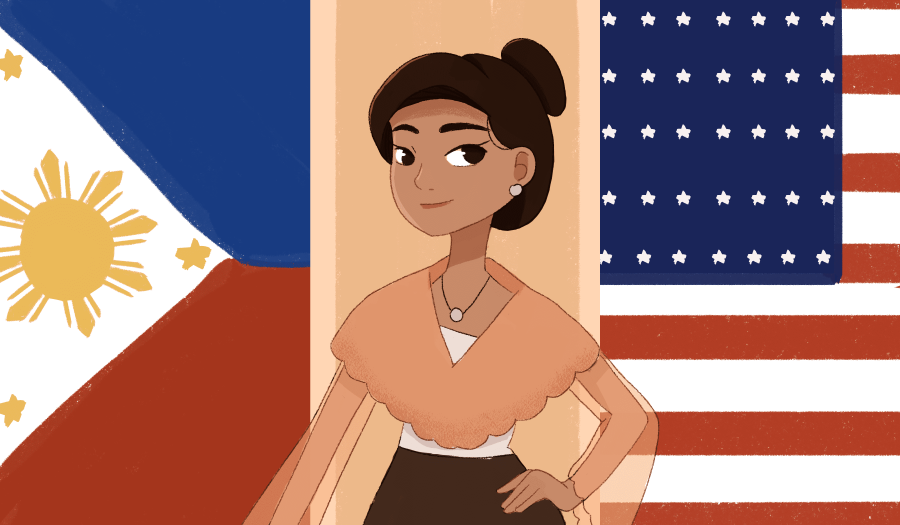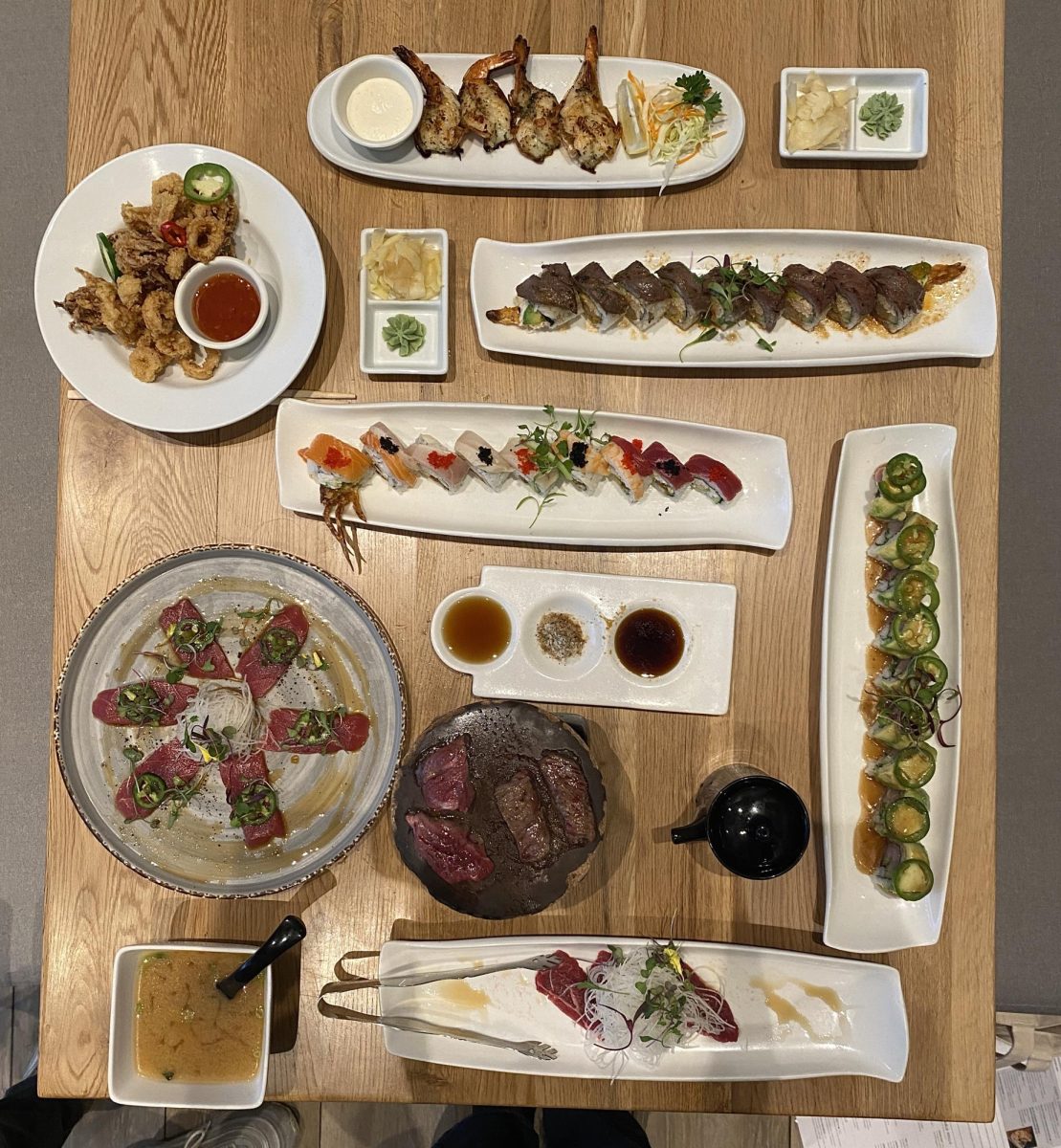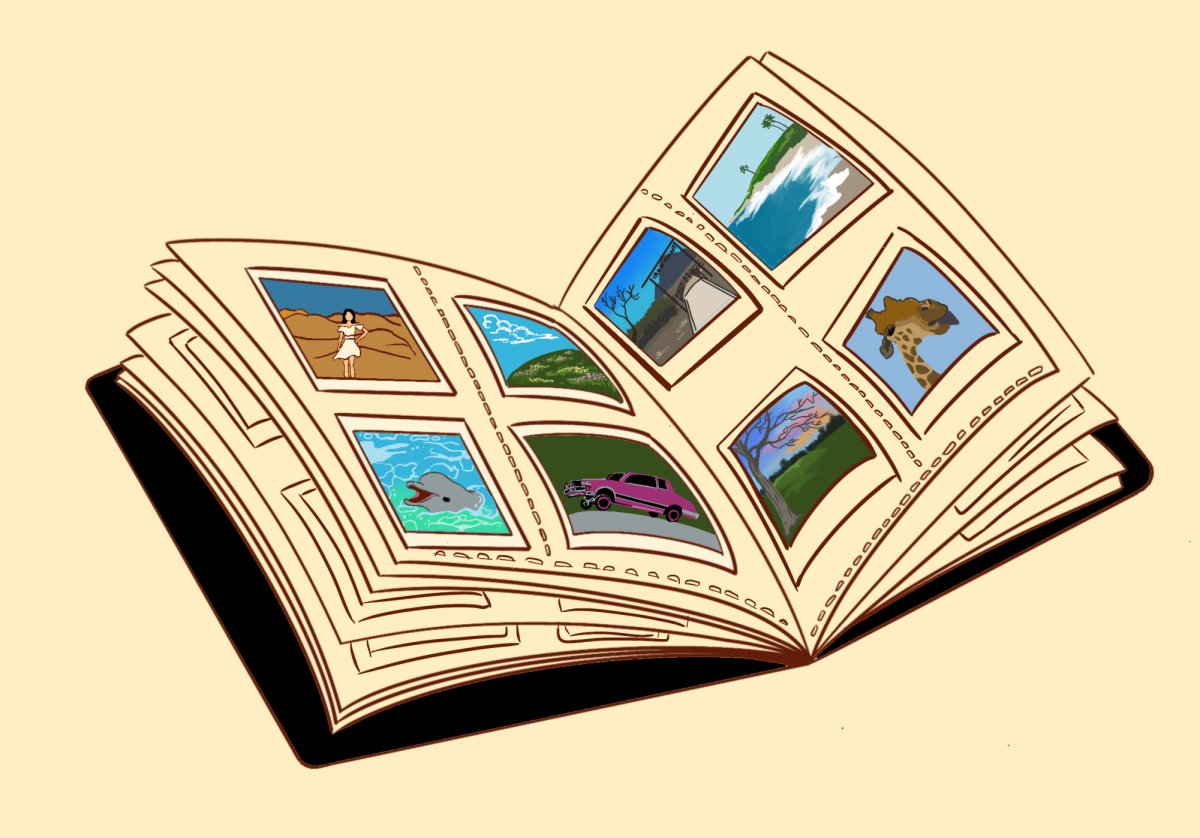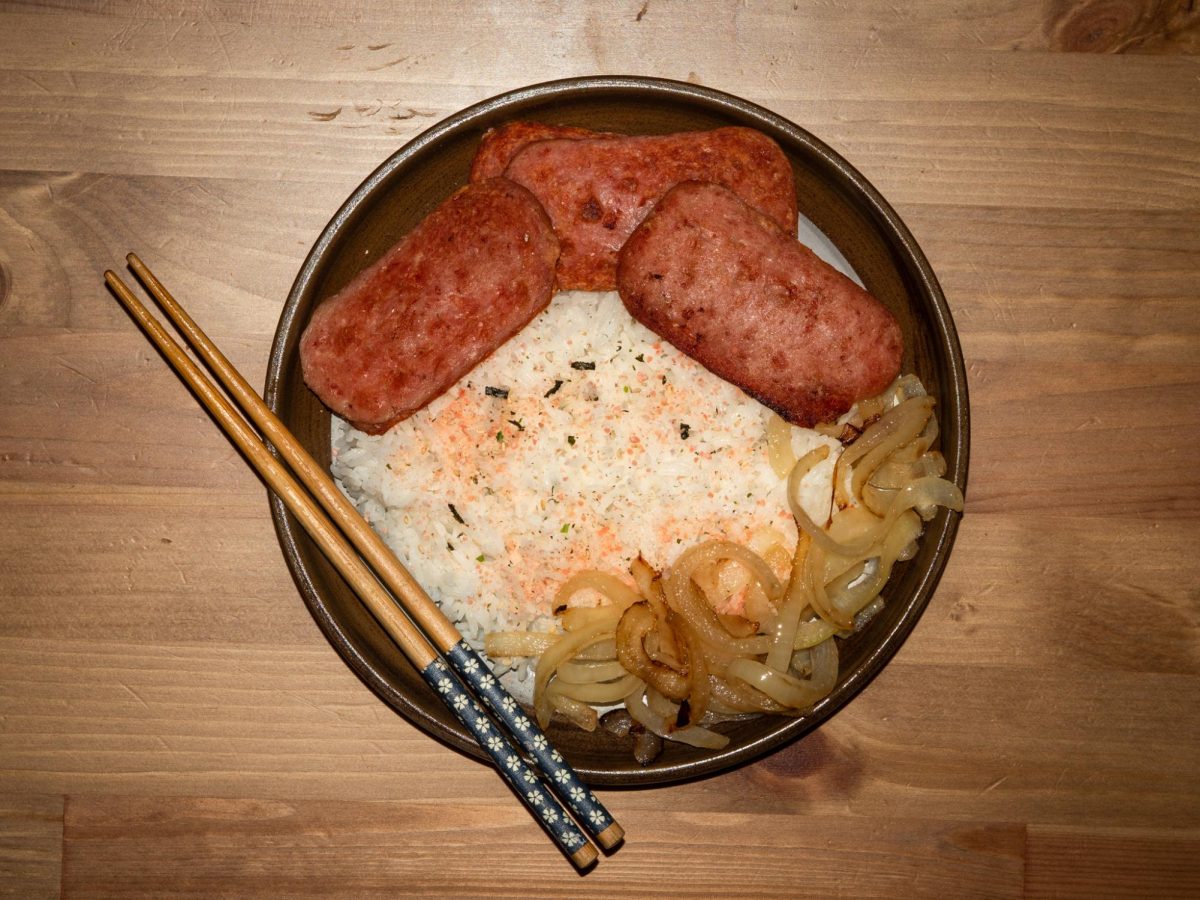Before May ends, I wanted to recognize Asian Pacific American Heritage Month, which celebrates the accomplishments representing Asian American and Pacific Islander communities. Growing up as a Filipino-American, my experiences, both good and bad, have shaped me into who I am today.
Both of my parents emigrated from the Philippines with a vision of the “American Dream,” hoping to build a family and to flourish in the rich culture of the United States. Born in the southernmost part of San Diego, with a predominantly Filipino and Hispanic population, I was encouraged to build a community. This experience made us feel the basic human desire of belonging, and it seemed that we found our place in society.
I was around five years old when my parents decided to pick up all our stuff and move to the suburbs. With white picket fences and perfectly mowed grass, I started to experience small hints of microaggression.
Throughout elementary school, my peers commented on the thickness of my hair, the darkness of my skin, and the shape of my eyes. I would bring traditional Filipino foods, such as sinigang or adobo, as my school lunch and receive snide remarks about how my food “smelled weird.” At the ripe young age of seven, I felt the need to assimilate with my peers. I started asking my parents to pack me “normal” school lunches, leaving me with apples and ham sandwiches. Throughout my youth, I would beg my parents to change the littlest of things, such as serving pizza at birthday parties or even asking them to let me bleach my hair. I was subconsciously adhering to the standards of society and those around me.
As an impressionable seven-year-old, I wasn’t capable of understanding how this would affect me in the future. All I knew was I felt the need to fit in with my predominantly white peers. As time went on, I reached high school and more aggressive comments were made. Many would still comment on my eye shape and how it could potentially affect my driving. One remark that will forever stick with me is being called “exotic.” The main thing people would comment on was the color of my skin. Whether as a compliment or someone saying “you’re too dark to be Asian,” it’s as if these words were permanently inked on my body. Growing up as a Filipina-American, my skin color was heavily mentioned in my family and by strangers. With colorism rampant throughout Southeast Asian countries, I was encouraged to use papaya soaps and skin bleaching remedies to downplay my skin color. With my concentration heavily focused on the color of my skin, I embraced my culture less, and in turn, lost myself overall.
As I befriended more of my Asian American peers during high school, I suddenly felt a growing sense of belonging again. We understood our similar lifestyles, struggles, and ability to power through microaggressive comments. I was fortunate enough to have a group of friends that understood how our upbringings shaped who we were, and despite our small community, we proudly walked through the campus with our heads held high.
It wasn’t until college that I truly experienced a diverse student body. During my first quarter at UC San Diego, I joined the on-campus Filipino organization, Kaibigang Pilipin@, where I was able to truly immerse myself in the culture that wasn’t present in my youth. I’ve met amazing people through this club and it has helped guide me in my identity as a Filipino-American. From its coordinated events to general board meetings, the Kaibigang Pilipin@ community has become a safe space for individuals like me to gain a sense of their cultural identity.
On-campus Asian-American organizations help empower members of the student body to celebrate their identity and bring together a cultural community. Despite my negative experiences, I’ve learned the importance of growing with a group of people who understand who you are, where you have been, and what you are capable of.
APAHM has taught me to have pride in my culture and remind me of the traditions that have created not only my identity but the country as a whole. Despite chaotic times, diversity throughout the U.S. has influenced all aspects of society. This month signifies Asian Americans and Pacific Islanders who have felt lost, recognizing the events and individuals that continue to represent these communities.
Although the world is far from perfect, it’s these moments that allow us to reflect and appreciate the accomplishments that have been made by the Asian and Pacific American communities throughout the years.








